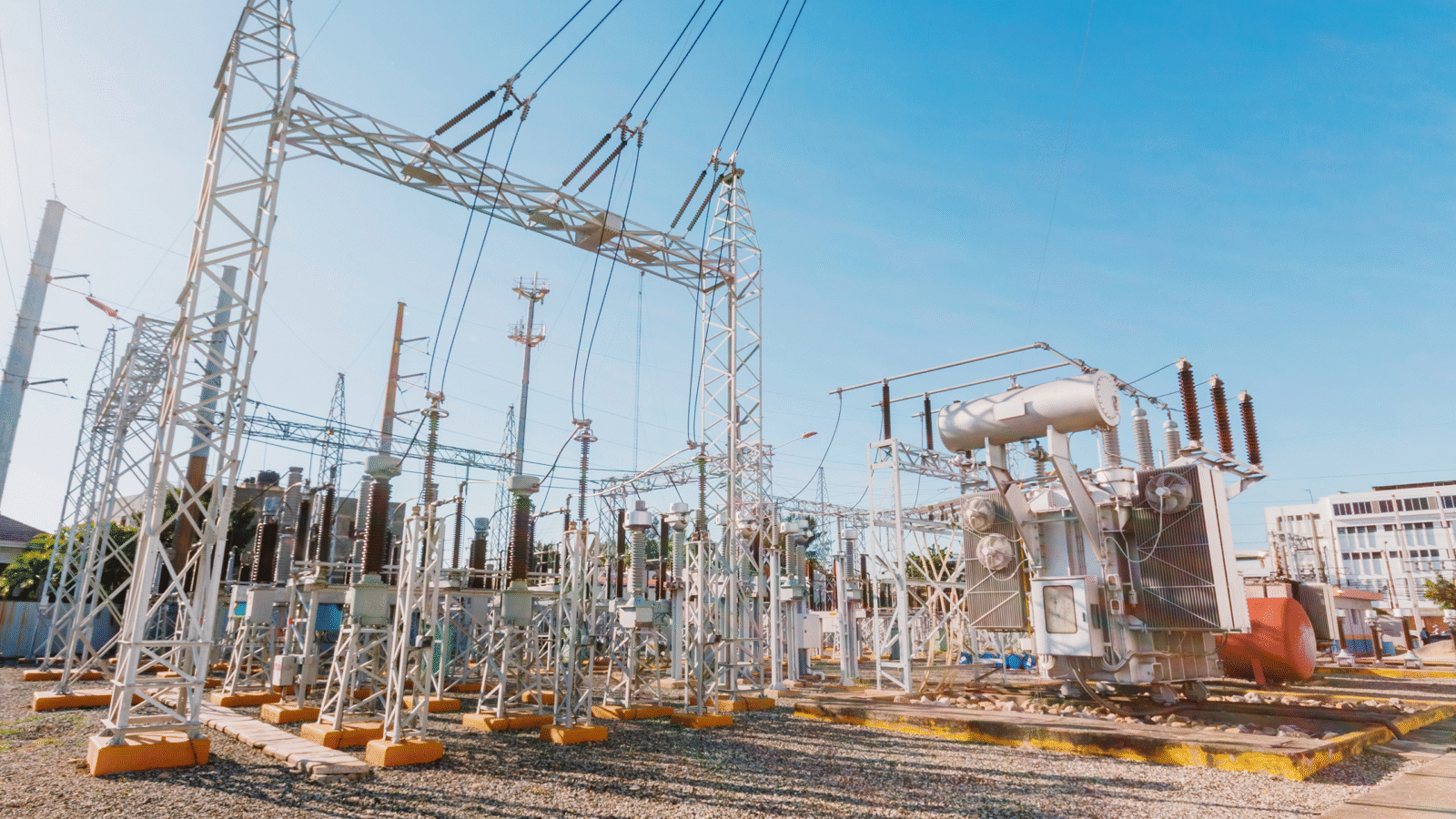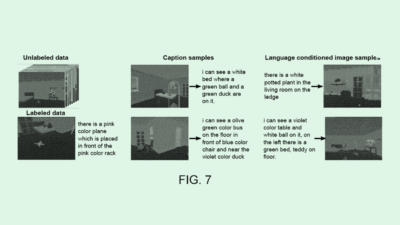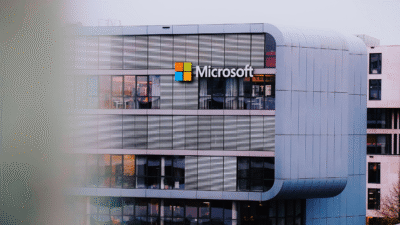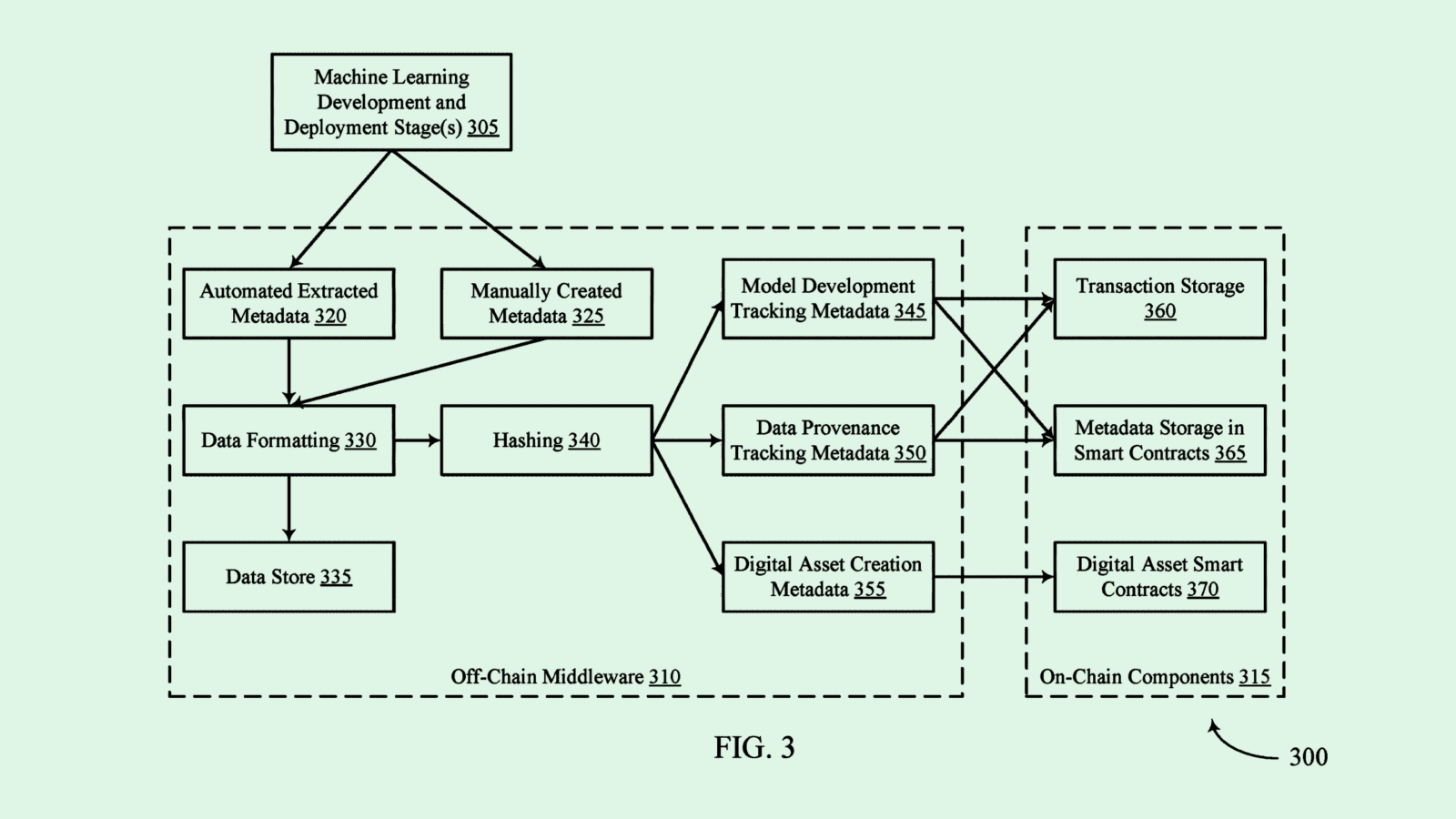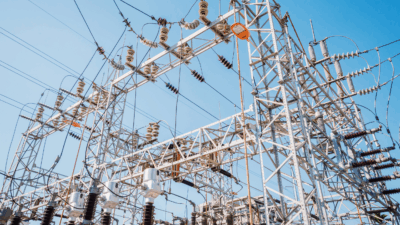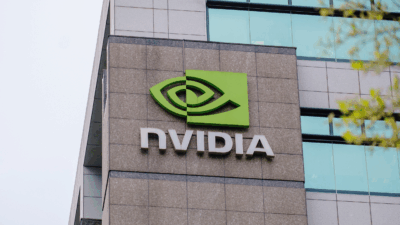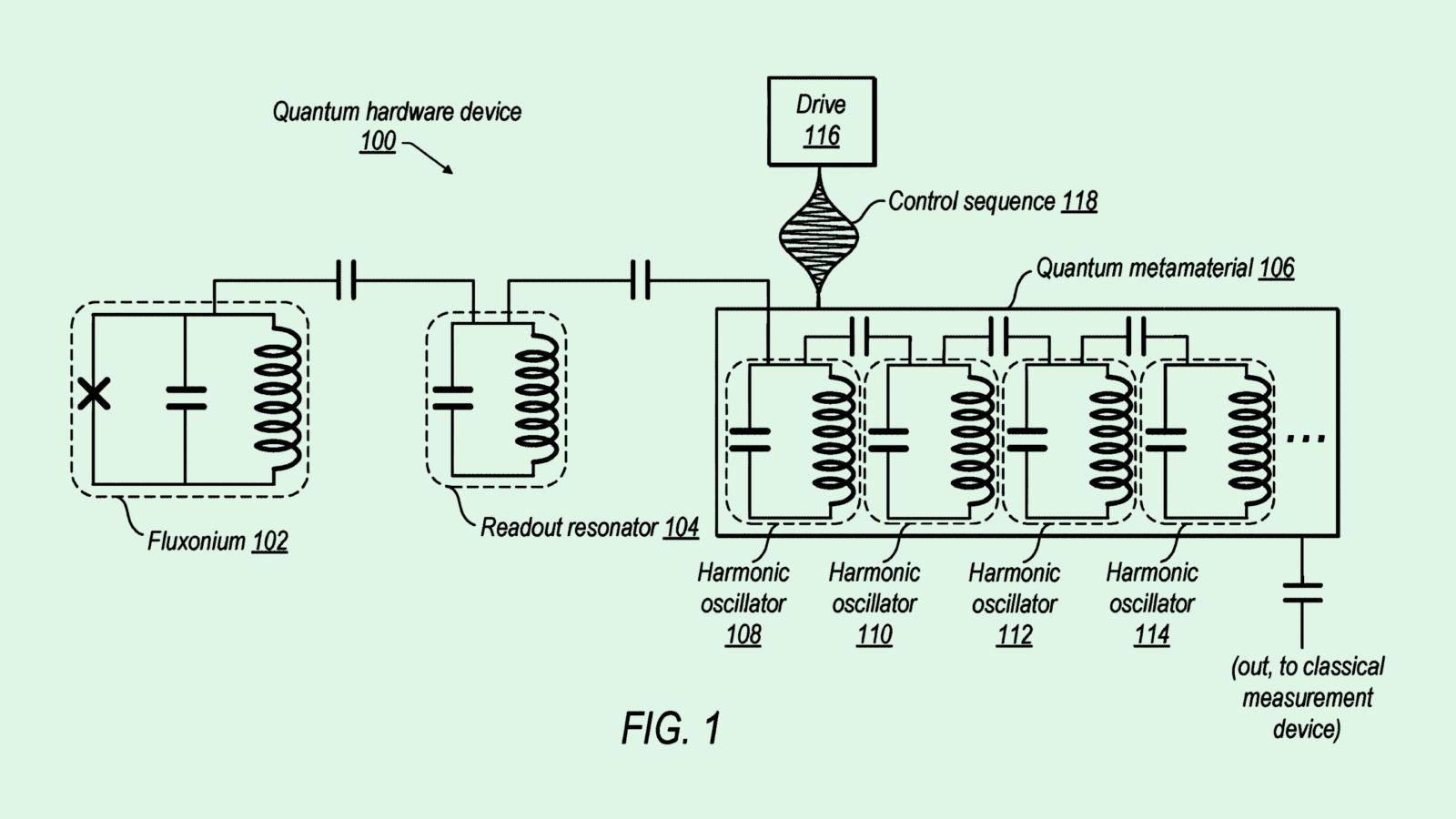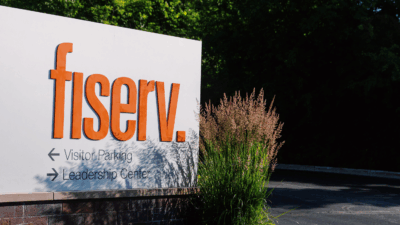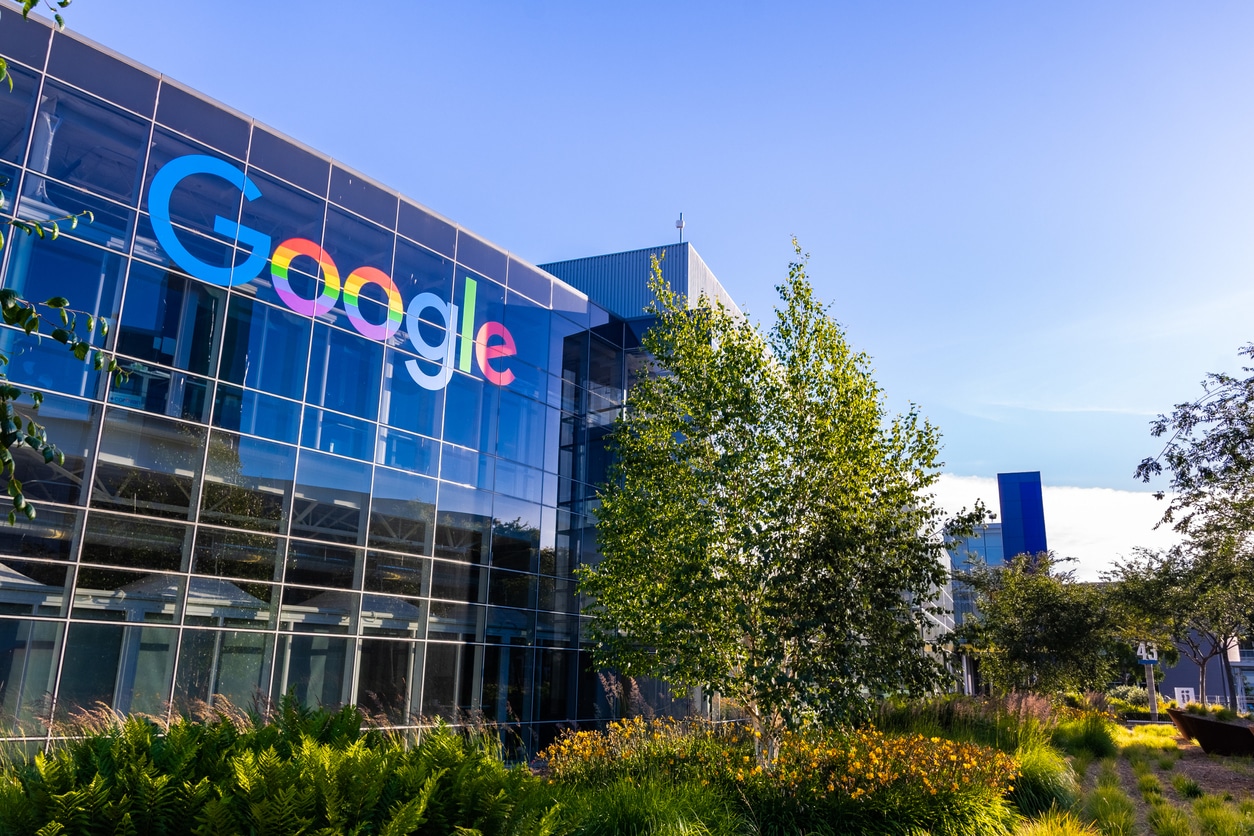
Sign up for smart news, insights, and analysis on the biggest financial stories of the day.
Google is upping its cloud competencies with a new undersea cable called Firmina, extending from the U.S. East Coast to Argentina.
The immediate aftermath of the Fastly faux-pas that brought down thousands of websites is not the worst time to sink cash into cloud infrastructure, from where we’re sitting.
…And The Cloud Goes Wild!
With the pandemic accelerating the digital transformation for countless businesses, global cloud services infrastructure spending has exploded – ballooning to $42 billion in Q1 2021, a 35% jump from a year earlier. And the “big three” cloud services firms – Amazon’s AWS, Google Cloud, and Microsoft’s Azure – are making some major outlays.
But Google’s infrastructure spending has notably trailed rivals at a 7% share vs. 19% for Azure and 32% for AWS. Never a laggard for long, Google has been magnifying its cloud cachet with an expanding network of subsea cables:
- Firmina, the 16th submarine cable Google has invested in and the 6th it has bankrolled entirely, is the namesake of Brazilian abolitionist and author Maria Firmina dos Reis.
- Designed by SubCom, the cable should be installed and functional by the end of 2023, linking the U.S. and Argentina, along with points in Brazil and Uruguay.
Let’s Get Technical: A stand-out among her peers, Firmina is a cable with 12 fiber pairs that “employs, for the first time, new power feed equipment that can use higher voltage, delivering more power to the cable from a single end,” as Google puts it. In layman’s terms, it will be the longest cable in the world that can run from a single power source.
But Why? While Google already has undersea lines along a similar route, Firmina will offer South Americans better low-latency access to Google’s consumer and cloud services, while also adding resilience to the existing cable network.
Cloud And Clear: With subsea cables estimated to carry 98% of all internet traffic, it’s hard to argue with a fallback layer of fiber optics.
